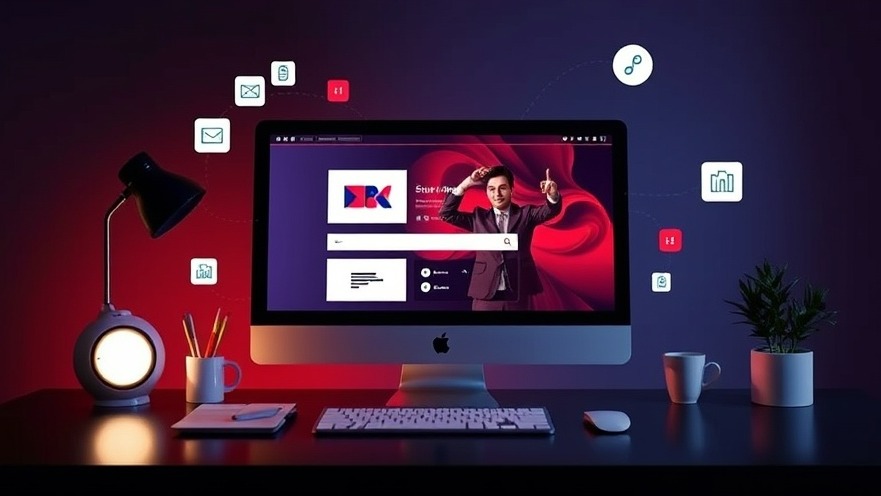
Rethinking Web Navigation: The Shift from Linear to Non-Linear Design
In the fast-paced digital landscape, businesses, particularly franchisors, are constantly seeking ways to optimize user experience. Non-linear web design is an answer to this quest. It redefines how users interact with content by providing a web of paths rather than a singular route.
Understanding Non-Linear Web Design and Its Benefits
Non-linear web design allows users to explore content in a more personalized manner. Unlike traditional linear navigation, where users adhere to a designated path—home to product page to checkout—non-linear design emphasizes individual choice and engagement. This autonomy leads to enriched user experiences and greater satisfaction.
For franchisors, a non-linear approach not only enhances user navigation but also aligns with the brand's goal of providing seamless and intuitive experiences across various locations. This strategy resonates with modern users who crave more immersive interactions rather than rigid browsing.
Key Principles of Non-Linear Design
To truly capitalize on non-linear web design, it's crucial to understand its core principles. Here are some key aspects that can help your brand foster better online engagement:
User-Centric Paths: Craft navigation that reflects the user's interests and allows them control over their journey. This can include personalized content based on their previous interactions and choices.
Multiple Entry Points: Instead of guiding users through a single route, offer various starting points to access key information. For instance, a franchise might showcase new products while simultaneously promoting ongoing deals.
Dynamic Content: Integrate real-time updates and interactive features, like personalized product recommendations or local favorite listings, to keep users engaged and informed.
Competing in a Crowded Digital Space
The importance of non-linear web design grows as businesses compete in an increasingly saturated market. By embracing this innovative approach, franchisors can cater to diverse user preferences and expectations. It's about guiding users through their own experiences rather than enforcing a one-size-fits-all method.
As user attention spans decrease, sitting on the cutting edge of design that adapts to individual users can distinguish your brand from competitors. Empower franchisees with tools and resources that help implement these principles, promoting overall brand consistency and operational excellence.
Practical Steps to Implement Non-Linear Design
Here are actionable tips for franchisors looking to transform their digital presence:
Conduct user research to identify preferences and pain points.
Utilize analytics to understand user behavior and tailor paths accordingly.
Adopt modular design elements that allow flexible content placement and interaction opportunities.
Encourage franchisees to collaborate in redesign efforts, fostering brand consistency.
By implementing these strategies, franchisors can unlock the full potential of non-linear design, ultimately leading to enhanced user satisfaction and engagement.
In conclusion, the transition from linear to non-linear web design isn’t just a trend—it’s a necessary evolution for brands striving for operational excellence and user-centered experiences. For franchisors, this approach not only enhances brand value but also drives franchisee success across the board.
 Add Row
Add Row  Add
Add 




Write A Comment